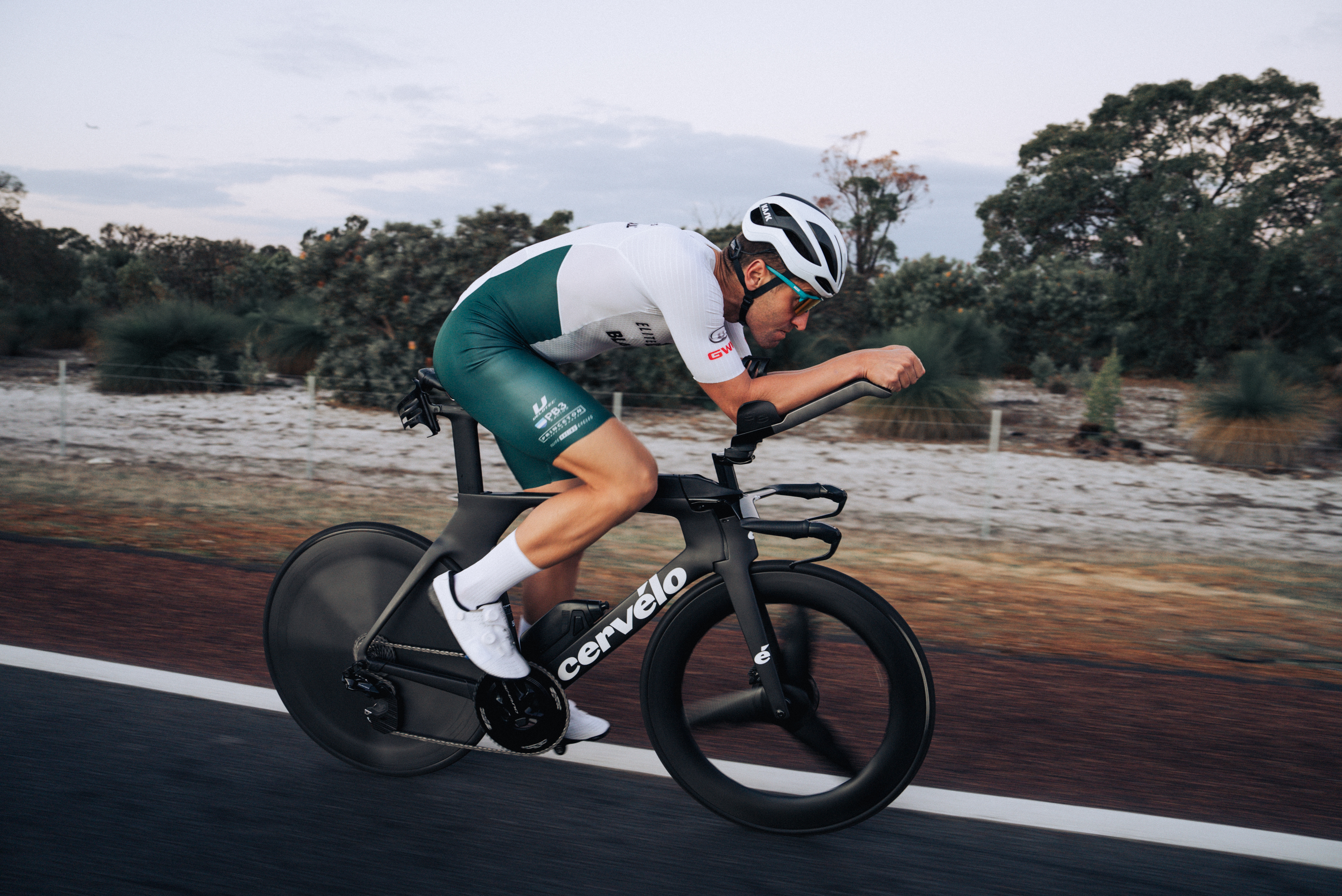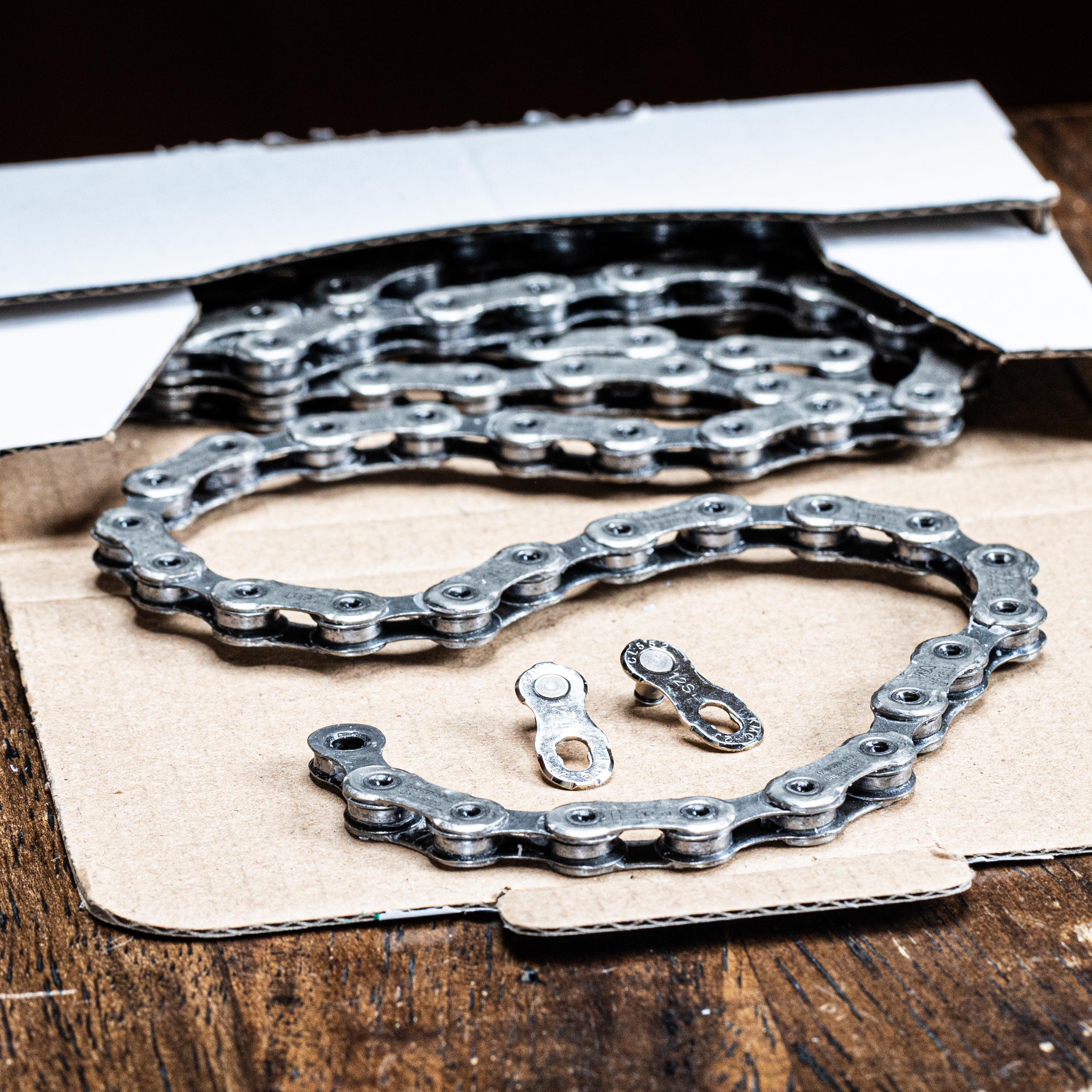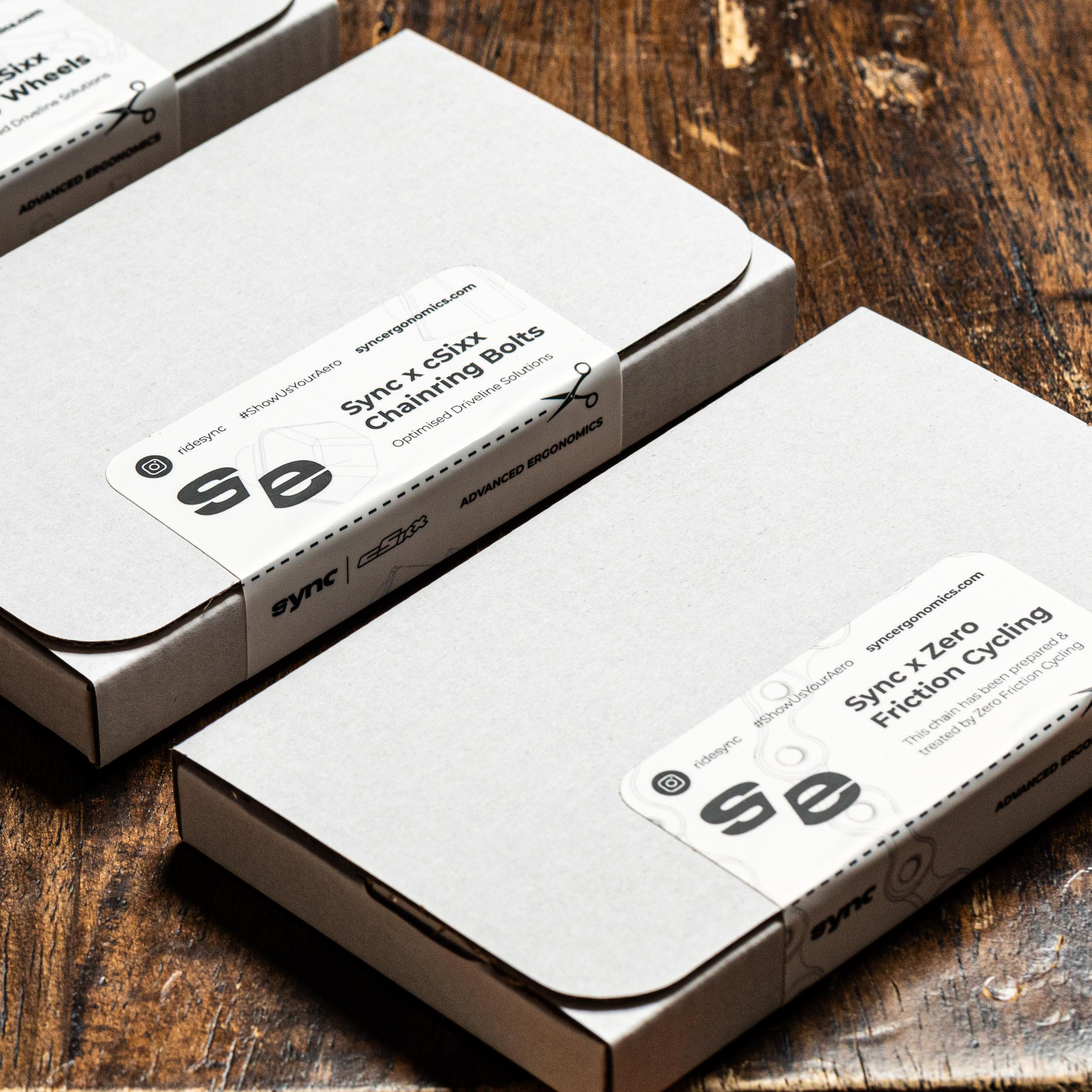Free Speed: Waxed Chains for Beginners
Posted by Joe Laverick on 21st Jun 2024
The humble bicycle chain is an unsung hero.
The athlete gets all the credit for powering the bicycle, and countless hours are spent dialling a perfectly aero-position. Then there’s the equipment, everyone debates over the fastest wheels, frame, or tyres - clothing too. The chain? Nothing.
What if I told you that the humble chain could be costing you eight watts?
“Eight Watts!” - I hear you cry.
Eight Watts.
—-----
Adam Kerin is the owner of Zero Friction Cycling (ZFC), based in Adelaide. He’s a mastermind of anything and everything to do with chains. He also played a part in our Driveline Ecosystem coming to market.
He explained that, on the surface, using an OEM part - for example, a Shimano Dura-Ace chain on a Shimano groupset, is the obvious, but not always the best choice.
What is a waxed chain?
A waxed chain is chemically stripped and then fully submerged in a pot of melted wax, with friction-modifying ingredients. The important part to stress here is that while ultimately this is quite simple, the detail is in how well-stripped a chain is and the composition and quality of the friction-modifying ingredients. It is called "waxing" but really, the wax is just the vehicle that gets the "good bits" to the place they need to go. This reduces friction, and in turn reduces contamination. In essence, this creates a more efficient system which has a longer lifespan.
Why would I wax my chain?

It sounds like a pain, but it could save you thousands of dollars - and make you faster.
There are two key reasons as to why you’d wax your chain:
- Longevity
With components going up in prices, and becoming more integrated - think SRAM’s all-in-one front chainring come power meter - wearing through the groupset can cost thousands of dollars. A much cheaper alternative is to stay on top of maintenance. Chain waxing effectively decreases friction, and if friction is decreased, then longevity increases. This in turn, means you’re spending less money replacing groupsets, or components.
2. Efficiency
Decreasing friction doesn’t just increase the longevity of your groupset, it also makes you faster. Going from a poorly performing “standard” chain, to a fully optimised waxed chain is a difference of up to eight Watts. In the era of modern performance cycling, no athlete should be sacrificing this level of performance in their driveline.
For the athlete racing an IM race, where the distance (180 km) pushes the limits of a single lubrication cycle, the reality is that the real-world saving is likely the upper end of this gain in efficiency. Add inclement conditions into the mix, and you can be sure that you want a wax-treated chain as your companion for the ride, as that loss of efficiency will scream past the 8-Watt mark, as fast as the oil-based lubricants are washed away from your chain.
So, you go faster, and your gear lasts longer. It’s a win-win.
—-
Our Recommendation:
As part of our Driveline Ecosystem, we recommend YBN’s offering. YBN are an aftermarket offering and are consistently one of the best-performing on the market. We recommend pairing this with Molten Speed Wax’s ‘Race Powder’ for race-day application.
—
Importance of Chain Design:

We asked Adam about the differences between OEM (original) chains, versus an aftermarket offering such as YBN:
“Both the design and the tolerances of a chain are things that make a difference in performance. Part of why Shimano DA 11-speed chain are fast is because they basically came in a broken-in state. Whereas SRAM’s flat-top offerings are made for maximum longevity so are super tight.
When Shimano moved from eleven to twelve speed, their chain became 2-3w slower but almost doubled its wear life.
Compare this to an aftermarket chain, for example the YBN 12speed chain, they’ve dropped wear life but gained speed. It seems manufacturers are making things that last a little longer, but with that you lose efficiency.”
- Adam Kerin
Why did we create the Driveline Ecosystem?

Creating the best 1X chainring requires consideration for the whole driveline system. Our driveline gives due credit to chainring design, the chain, chain guide and pulley wheels. Collectively, these components come together to deliver a robust, hard-wearing, and efficient driveline that retains exceptional shift performance.
About the Author
Joe Laverick’s cycling introduction was via the British time-trial scene, since starting the sport, he has been all about speed. He’s a freelance writer and privateer racer who mixes road, time trial and gravel racing. To this day, he remains one of the only riders on the planet to have beat Remco Evenepoel in a time trial.

